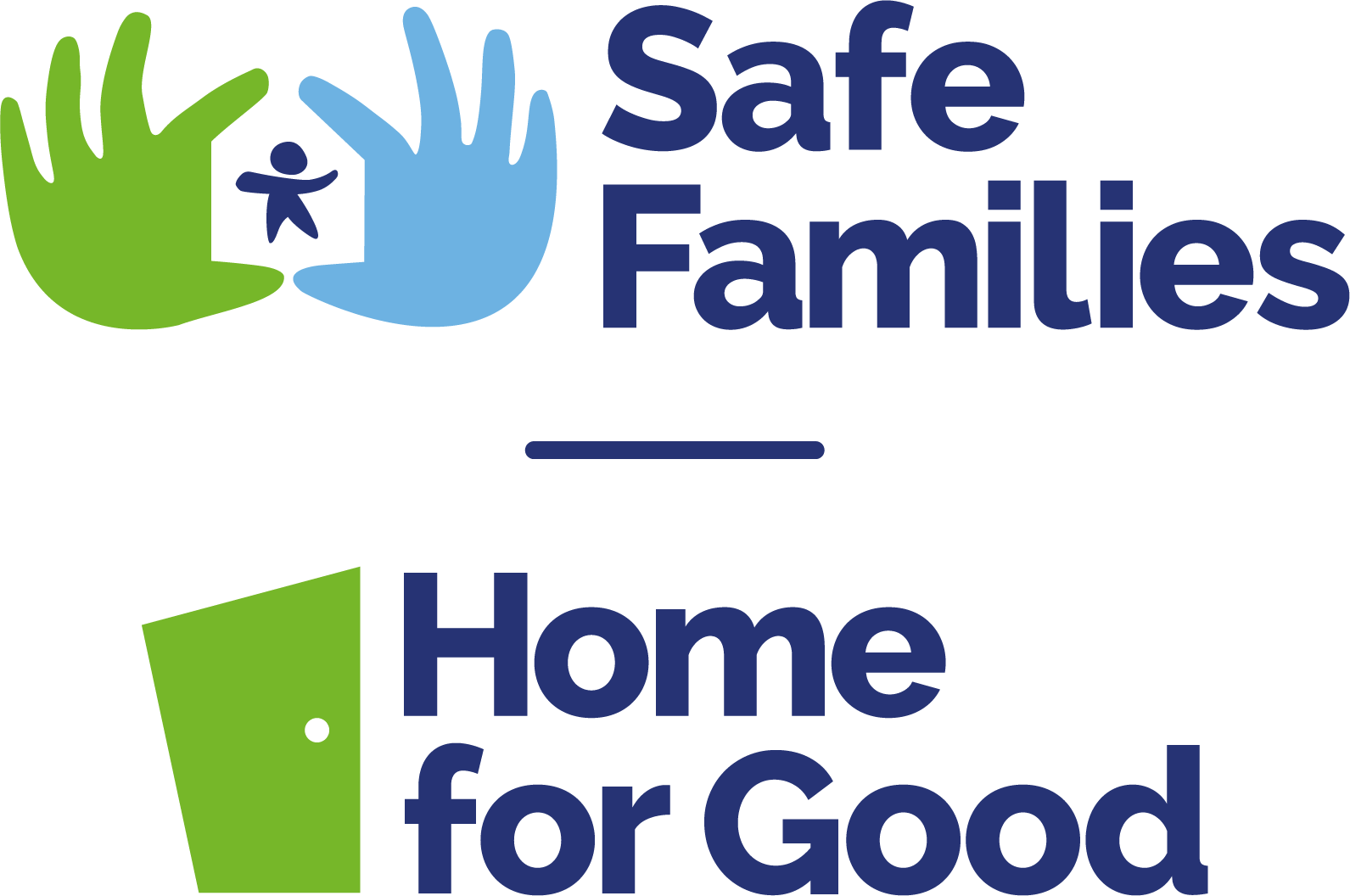As a very young child, I spent my days with a childminder who was also a foster carer, and at that time she was looking after a boy who was the same age as me. I was too young to be able to actually remember those days now, but I’ve been told stories of our friendship. We’d eat together, watch TV together and play together. I can just about conjure up a picture in my mind of the two of us playing ‘dress-up’, which I’m told was my favourite activity. They didn’t have any costumes, princess dresses or sparkly accessories in the house, so oversized jumpers and hats from under the stairs, along with a lot of imagination, did the trick.
Chances are that without my realising, my childminder probably did some things a little differently in order to make her foster son feel safe, loved and calm in her home. But I don’t remember things being different; I just know that I was safe, loved and calm there too.
I was in my early twenties and had just joined the Kids Team when a Home for Good speaker visited our church. Her message that the Church has the potential to bring safety, love, welcome and belonging to care-experienced children and young people made sense to me the moment I heard it, although it wasn’t something that had crossed my mind before. We often call our church communities ‘family’, don’t we? To be invited to consider how we could show hospitality to children and young people who need somewhere safe to call home rang true to all I believed Church – and family – to be.
I figured that if I was going to help make our church family a community where fostering and adoptive families were valued, loved and supported, then I had to learn more about what that looked like. I read articles and stories on the Home for Good website and some highly recommended books, I attended some Home for Good events and I spoke to a few Champions and other parents and carers I knew to gain a better idea of what might make our church a safe and welcoming place to belong to.
As I did so, I became aware of things about our church that, to me, were so normal and mundane that I barely noticed their existence at all, but that actually had the potential to be barriers to others having a positive experience at one of our services. It had never crossed my mind that a plate of biscuits on the welcome table could pose a challenge for a child whose relationship with food is complex. It hadn’t occurred to me that our twinkly lights could be uncomfortable or overwhelming for someone with sensory integration difficulties. Language I used in Kids Church such as, “Is your mum or your dad picking you up today?” or “Your parents will love that picture!” was so ingrained that I hadn’t before picked up on the fact that for some in our church, neither their mum nor their dad was there with them.
I’ve come to learn the importance of consistency and stability, so I commit to showing up to church every week with a smile, remembering a child’s name and perhaps the name of their toy superhero too. I’ve grown in my understanding of the impact trauma can have on a child’s development, and so our activities these days include less reading, less memorising and reciting verses and less sitting still and silently listening to long stories. As I grapple with what I read and hear about feelings of shame and guilt, I choose songs and stories that remind us of God’s deep and unconditional love for and joy in us. We’re careful about how we celebrate Mother’s Day and Father’s Day. I’ve bought some ear defenders to keep in the Kids Team cupboard, just in case. We’ve put some beanbags in the corner of the hall we worship in.
They are small changes. We can, and we must, do more. But what I’ve come to learn in making those small changes to how we do church and how we care for the children in our church family, is that these changes in no way limit the experience of others in the congregation. God continues to meet us even with the twinkly lights switched off, and as we as Church consider how to make care-experienced children, young people and their families feel included and valued, we experience more of the Father’s heart.
I love to dream that one day, the things that right now take some learning, planning and thought will become the norm; that many of the children, teenagers and adults in our congregations won’t even notice that things are done a little differently, but that a world of what church could – and should – be will be made available to all who walk through our doors.







